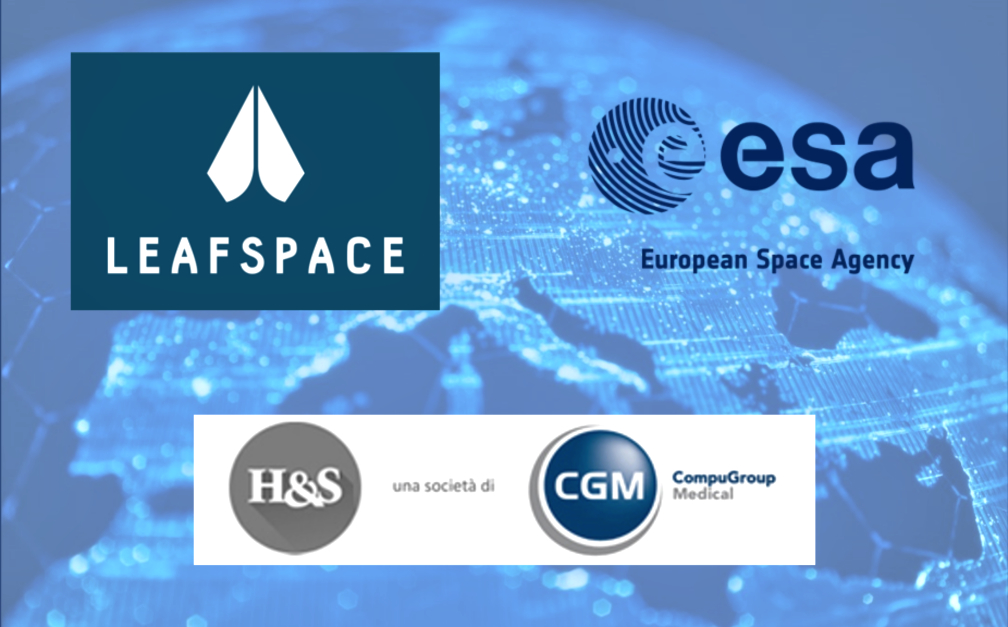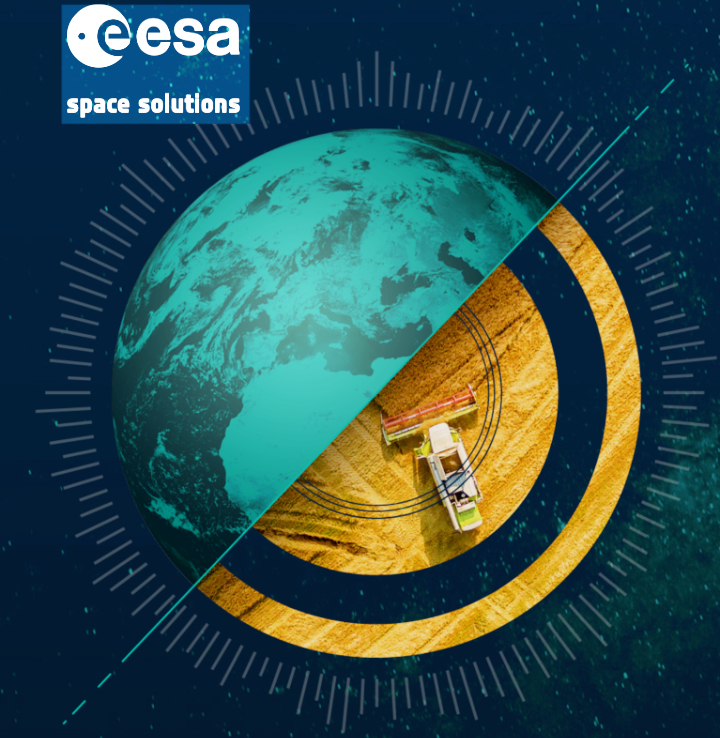
Leaf Space has been selected by the European Space Agency (ESA) Business Application program under ESA’s Space Solution umbrella for their CARES project proposal that involves the use of telemedicine via satellite for home monitoring of patients with COVID-19.

Leaf Space has signed an important contract with the ESA and in consortium with H&S for the provision of remote service of medical data monitoring, useful for the care and diagnosis in the homes of patients with COVID-19. The CARES project is led by Leaf Space, which is providing the integration of the remote monitoring health platform with the satellite telecommunication infrastructure to guarantee the service everywhere, including areas not adequately reached by terrestrial radio coverage, while project partner H&S will offer the tele-diagnostic platform, HealthPlatform, for the COVID-19 patients.

The beta test of this technological application is to be conducted with medical personnel and structures on Italian territory. More in detail, the telemedicine platform allows the almost real-time monitoring of medical data of patients at home, enabling remote diagnosis directly from any equipped hospital infrastructure.
A physical platform dedicated entirely to the patient will allow her to receive the attention necessary for the course of the disease directly from her home, the place now recognized as essential for quarantine and/or for the course of recovery, using HealthPlatform’s Mobile HealthGate. These platforms communicate with the central database of Leaf Space’s partner, H&S, which analyzes the data and makes it available to doctors dedicated to the remote monitoring of patients.
These activities require a satellite backed telecommunication structure to reach every corner of the territory. Here the space telecommunication knowledge of Leaf Space comes into play, enabling the capture and distribution of the signals between the telemedicine systems and patients themselves. This system can reach patients located in every corner of the planet, including points that traditional terrestrial systems cannot reach or only reach with poor quality (e.g., due to increased demand on infrastructure’s capacity during lockdown conditions). For this system to help to control and manage quarantined patients, capturing and distributing the signals transmitted by the telemedicine systems to the satellite and back to earth at the hospital must be a reliable and fast process.
Patients potentially located anywhere can now rely on 24/7 monitoring compliant with current GDPR. With this ambitious project, the applications of the New Space Economy are increasingly approaching solutions that have a direct benefit for the private citizen and actively contribute to the improvement of the Italian health system, placing it at the forefront of telemedicine solutions adopted to combat pandemics such as that of the current Coronavirus or to treat other pathologies at home.
